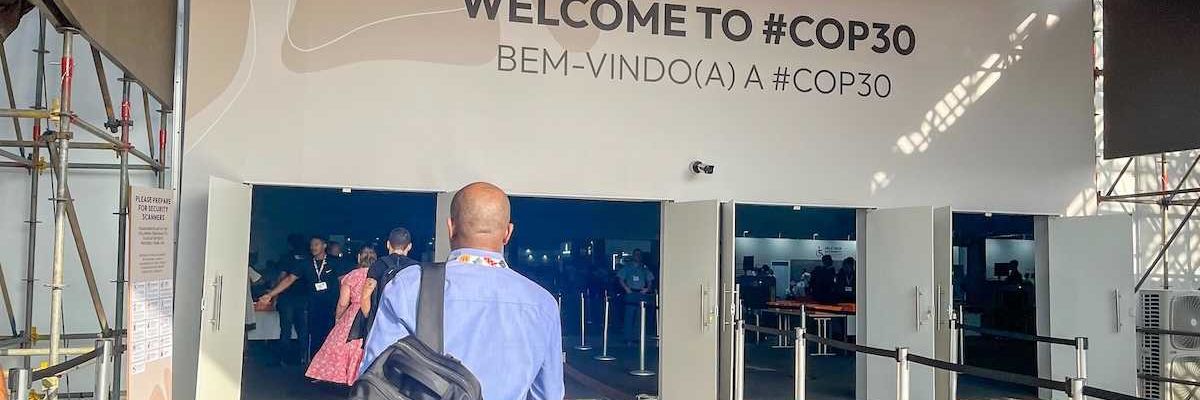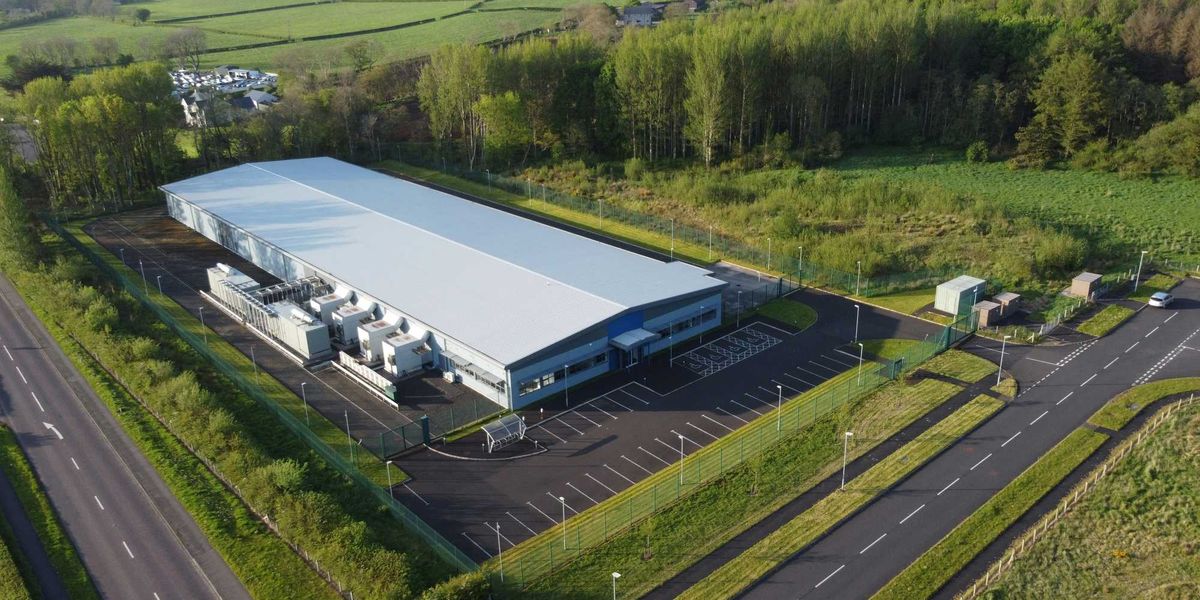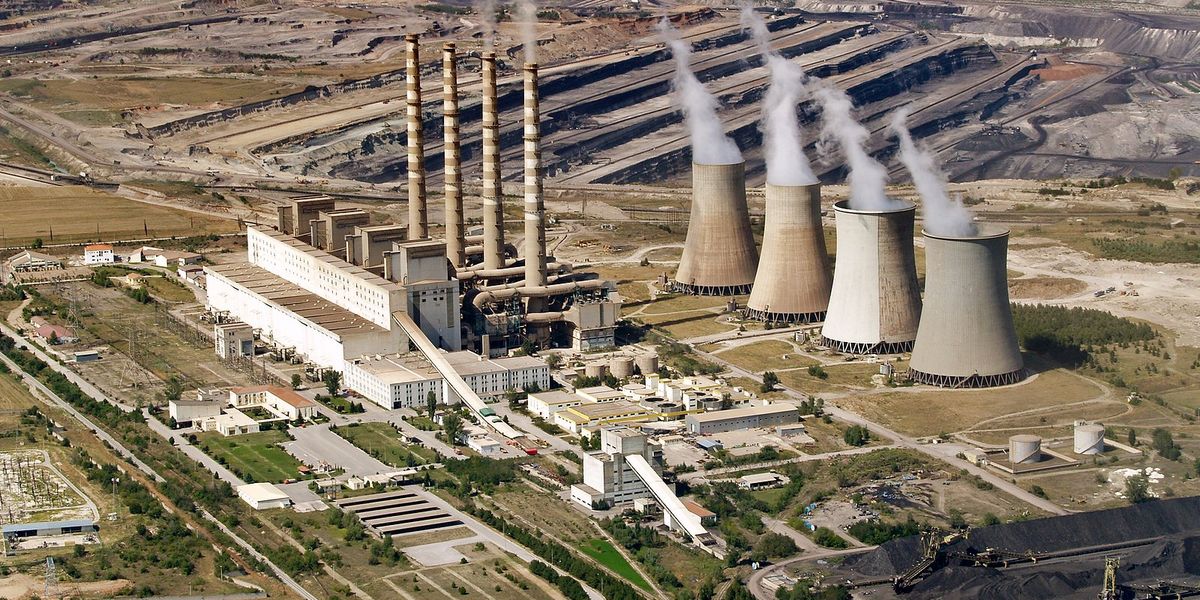mushrooms
Turning mushroom waste into a resource for sustainable farming
The mushroom industry explores the potential of spent substrate, a byproduct of mushroom cultivation, for various environmental and agricultural applications.
In short:
- Spent substrate, the leftover material from mushroom farming, holds potential for compost, soil decontamination, biofuel, and further mushroom cultivation.
- Small and large mushroom farms alike face the challenge of managing the increasing amounts of spent substrate, seeking innovative solutions for its disposal and reuse.
- The Central Texas Mycological Society has created a community network for free spent substrate pickup, supporting local farms and environmental projects.
Key quote:
"If you're gonna do it, awesome, but account for this waste stream you're producing and how you're gonna get it off of your property."
— Amanda Janney, founder of KM Mushrooms
Why this matters:
Incorporating spent substrate into farming practices supports the principles of circular economy by recycling waste products into valuable resources. This not only reduces waste but also minimizes the environmental impact of farming by decreasing the reliance on synthetic inputs.
The way we eat and grow food has to dramatically change if we're going to feed the world's increasing population by 2050 and protect the planet, according to a major report released in 2019 from the EAT-Lancet Commission.
Can we create 'living buildings' made of fungi? And could they help us adapt to climate change?
Growing fungus in low carbon, sustainable building materials
Two new studies show how a lightweight construction material and a fire-retardant, both made from fungi, could be safe, sustainable alternatives to the chemicals, foams, and plastics in our homes.
Meati's mycelium steaks are going national in Sprouts Farmers Markets
Meati cofounder Tyler Huggins has a national distribution deal with Sprouts Farmers Markets to sell his steaks and chicken cuts made from the protein and fiber of mushroom roots.
This new 'mega ranch' turns mushroom roots into meat
Are mushrooms the future of alternative leather?
Serge Schmemann: Where have all the cèpes gone?
I have not yet found studies on the impact of climate change on mushrooms in the Laurentians. But mushroom-picking sites, like Mushroom-Collecting.com, have noted the growing scarcity of cèpes.









